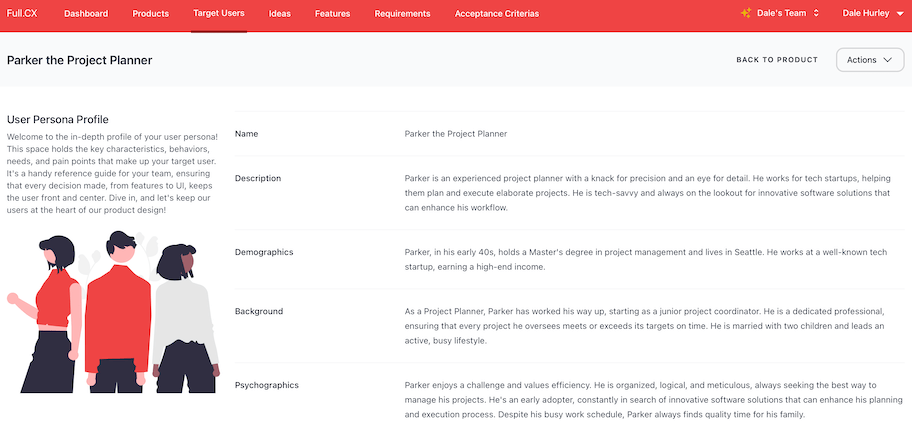role in various project methodologies, acting as the yardstick by which the success or failure of a project's requirements can be measured. When crafting requirements acceptance criteria, it's essential that stakeholders, developers, and project managers are all on the same page, as these criteria set the standard to which the functionality of a product or feature must adhere before it is deemed to be completed.
But what are acceptance criteria, and how can one develop them effectively?
In essence, acceptance criteria are the conditions that a software product or system must meet in order to be accepted by a user, customer, or external system. They are objective measures that define the scope as well as the limits of user stories, features, or requirements. Well-defined acceptance criteria can help clarify what is expected of the final product, reduce misunderstandings, and increase project transparency.
Now, let's walk through the journey of setting effective acceptance criteria.
First and foremost, understand that acceptance criteria should be specific, yet simple. They need to be detailed enough to measure whether the requirements have been met, but straightforward enough for all stakeholders to grasp. This balancing act requires thoughtful consideration and precision in language.
Secondly, the criteria should be measurable. Quantitative measures remove ambiguity and make it clear whether the criterion has been met. For instance, a criterion that reads, "The page should load quickly" is too vague; instead, state "The landing page should load within three seconds on a standard broadband connection."
Another key aspect is relevance. The criteria should be directly linked to the business value or purpose of the requirement. If a criterion is not contributing to a clear understanding of the end product from a user's perspective, it may be superfluous.
Consensus on acceptance criteria also matters greatly. All relevant stakeholders should agree on what is expected before the development begins. This avoids scope creep and ensures that the development team knows exactly what to build and to which standards the product should conform.
Furthermore, your acceptance criteria should be testable. You should be able to perform a test that unequivocally determines whether a criterion has been met. This is crucial for Quality Assurance (QA) teams that will verify the product against these criteria.
Lastly, remember that sometimes, less is more. While it's important to be thorough, overly complex or too many acceptance criteria can be daunting and may lead to confusion or inefficiency. Focus on the most critical aspects that will determine a successful outcome for the feature or product.
In conclusion, developing coherent and robust requirements acceptance criteria is not an exact science, but more of an art that is perfected over time and with experience. As you refine your criteria, you'll find that this clarity at the outset of a project not only guides development teams but also provides a safety net that ensures the delivery of a product that truly satisfies the needs and expectations of your customers. Remember, well-crafted acceptance criteria pave the way for project success, minimize risks, and lead to the delivery of a product that is both functional and delightful to the end user.
Empowering Your Product
Team for Success.
Start using Full.CX today.
Smart tools to streamline your transition from concept to concrete specifications.
